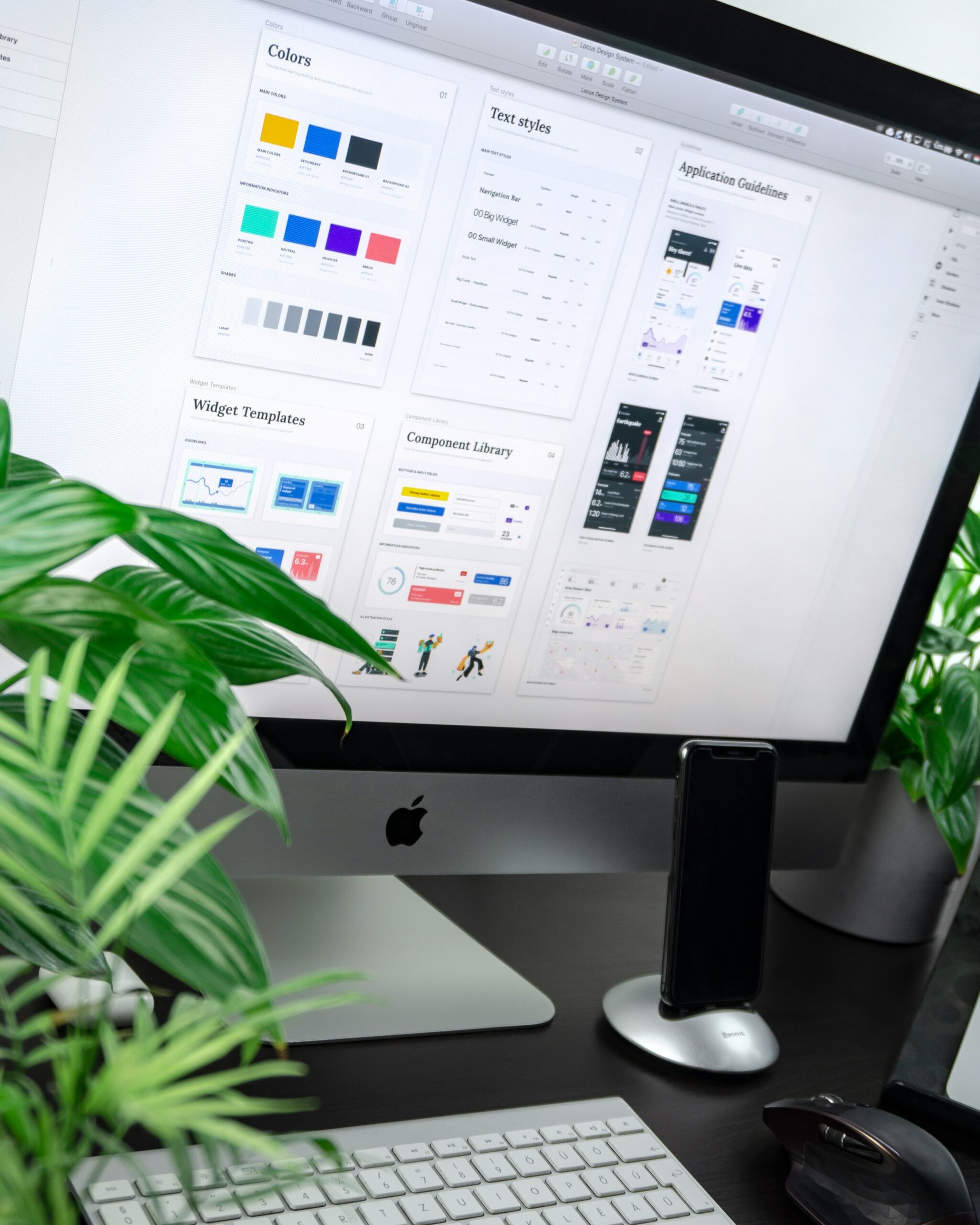The content of your writing is of the highest priority to any writer. The comprehension, grammar, flow, are you on topic, are you rambling—these are the kinds of things a writer has to keep in mind for their audience.
The second highest priority would be how the writer is presenting said content. You could write the most magnificent piece of literature or report, but if it’s all in one massive block of text, ten point font, comic sans, nobody is going to give it even a second glance.
Document design is a whole thing unto itself. Michael J. Klein and Kristi L. Shackelford’s essay delves deeper into what makes good document design, and even if I didn’t really have the words to describe what a good paper looks like before Klein and Shackelford did, the attributes they talk about are things I’m well familiar with not only as a writer, but as an illustrator too.
They use the acronym CRAP: contrast, repetition, alignment, and proximity—to identify the four key design elements. At this, I couldn’t help but think of all the illustration projects I have done in the past. In document design, these elements simply make a paper more uniform and readable, but in illustration, these kinds of things have to have meaning. The contrast I create in a comic page, for example, would have symbolism. Negative space could show how empty how a character feels, or how vast the setting should be. It always helps to also have another person look over your work, whether it’s over the design of your document or artwork. They might catch a mistake you didn’t see, or offer a new clever perspective that you could work into your piece.
Melanie Gagich introduces the concept of multimodal media in her essay, and her advice for creating multimodal text starts with recognizing five essential elements: audience, message, author, medium, and genre. I didn’t realize that in my head, I’ve already been going through these elements like a checklist when I create a piece. I create a piece based on who I want to see it, like fantasy book fans or mystery TV show enjoyers (because a majority of my artwork is more fanart than original abstract pieces). I want my audience to feel joy at seeing my art so I draw with warm lighting or happy expressions, and then I post it on social media to garner attention.
Connecting my two loves, writing and drawing, isn’t such a large gap that I have to bridge, and it’s always fun to find how they can support each other.





Leave a Reply